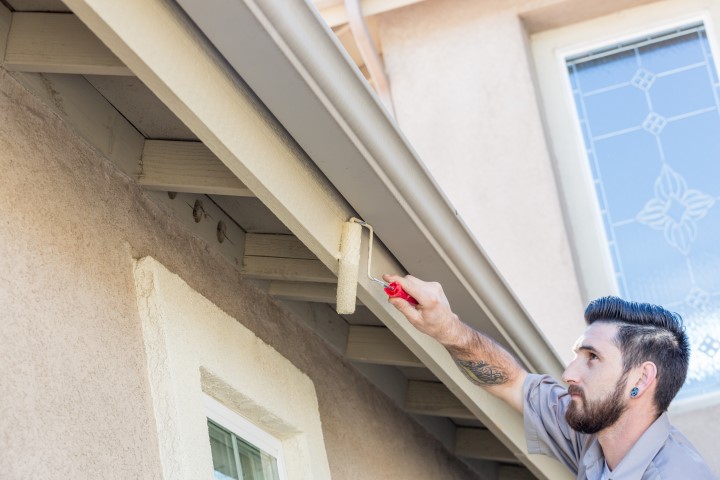When managing asbestos in buildings, surveys play a crucial role in identifying and assessing the presence of this hazardous material. Two common types of surveys are an asbestos building survey and invasive asbestos survey.
Although both asbestos building surveys and invasive asbestos surveys serve distinct purposes in managing asbestos in buildings, it’s crucial to choose the appropriate survey based on the specific requirements and circumstances to ensure effective asbestos management, compliance with regulations, and the safety of building occupants.
Let us understand more and explore the key differences between these surveys and understand their respective benefits and applications.
Asbestos Building Survey
An asbestos building survey is a non-intrusive inspection that aims to locate and assess the presence of asbestos-containing materials (ACMs) within a building. Conducted by a qualified asbestos surveyor, this survey involves visual inspections and sampling of suspected materials. The goal is to create an asbestos register and management plan for the building, ensuring compliance with asbestos regulations and maintaining occupant safety.
Benefits of Asbestos Building Survey:
- Non-destructive: Asbestos building surveys are minimally invasive, causing little disruption to the building’s occupants.
- Cost-effective: They are generally less expensive than invasive surveys, making them suitable for preliminary assessments and routine asbestos management in buildings.
- Comprehensive analysis: Qualified surveyors identify the presence, type, condition, and extent of ACMs, providing valuable information for asbestos management plans.
- Invasive Asbestos Survey: An invasive asbestos survey involves more intrusive methods and is typically conducted when detailed information is needed, such as during refurbishment or demolition projects. These surveys require access to concealed areas and may involve destructive techniques like drilling and sampling.
Benefits of Invasive Asbestos Survey:
- Detailed assessment: Invasive surveys provide a more comprehensive understanding of asbestos presence, including hidden or hard-to-reach areas.
- Accurate risk assessment: By obtaining samples for laboratory analysis, invasive surveys offer precise identification of ACM types and their condition, enabling better risk assessment and management strategies.
- Regulatory compliance: Invasive surveys are often necessary to comply with legal requirements during major construction or refurbishment projects.
While building surveys offer a cost-effective and non-destructive approach to identifying ACMs, invasive surveys provide detailed information necessary for more extensive projects. Consulting with a qualified asbestos surveyor is always recommended to determine the most suitable survey type for your needs.
Make the right decision today and comply with applicable regulations and guidelines while prioritising the health and safety of occupants by visiting Global Asbestos Audits today!

